Home>Renovation & DIY>Home Renovation Guides>What Is Gable Vent?
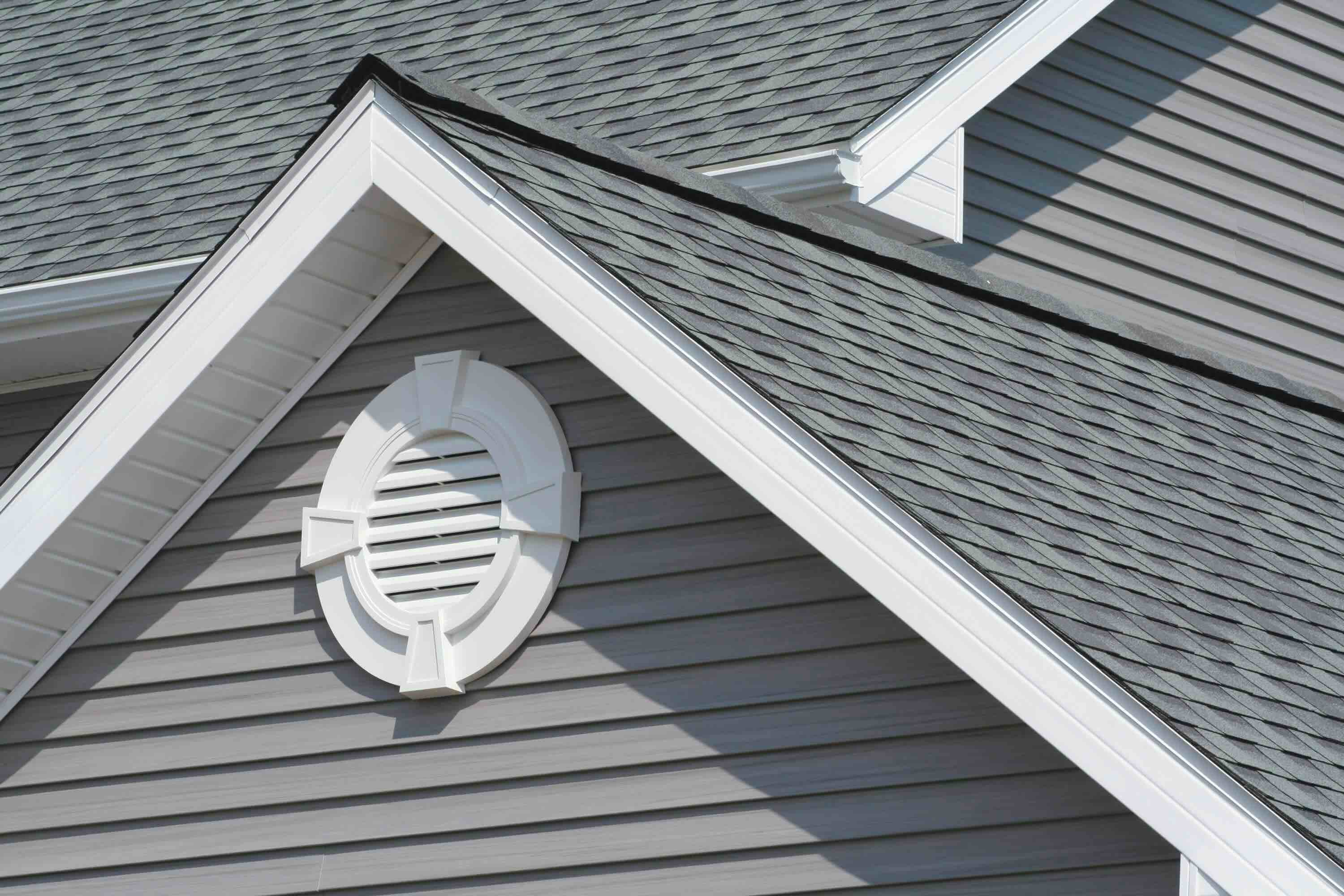

Home Renovation Guides
What Is Gable Vent?
Published: February 1, 2024
Learn all about gable vents and their importance in home renovation with our comprehensive guide. Find expert tips and advice for installing and maintaining gable vents.
(Many of the links in this article redirect to a specific reviewed product. Your purchase of these products through affiliate links helps to generate commission for Storables.com, at no extra cost. Learn more)
Introduction
When it comes to maintaining a comfortable and energy-efficient home, paying attention to the often-overlooked components of your house can make a significant difference. One such element that plays a crucial role in regulating the temperature and airflow within your attic space is the gable vent. Understanding the function and importance of gable vents can help homeowners make informed decisions about their home's ventilation system.
Gable vents are an essential part of a home's ventilation system, providing an outlet for hot air to escape from the attic during the warmer months and preventing moisture buildup during the colder seasons. These vents are typically installed at the peak of the gable, which is the triangular portion of the outer wall at the joint of a sloping roof. Their strategic placement allows for the efficient release of hot air, helping to reduce the strain on your home's cooling system and prolonging the lifespan of your roof.
As homeowners become increasingly conscious of energy efficiency and indoor air quality, the role of gable vents in promoting proper ventilation has garnered greater attention. By allowing air to circulate freely within the attic space, gable vents help prevent the accumulation of heat and moisture, which can lead to a host of issues such as mold growth, wood rot, and increased energy consumption. In essence, gable vents contribute to the overall well-being of your home by maintaining a balanced and healthy indoor environment.
In the following sections, we will delve deeper into the definition, purpose, types, benefits, installation, and maintenance of gable vents, providing a comprehensive guide for homeowners looking to optimize their home's ventilation system. Whether you are considering installing gable vents for the first time or seeking to enhance the efficiency of your existing ventilation system, this guide will equip you with the knowledge needed to make informed decisions and ensure the long-term health and comfort of your home.
Key Takeaways:
- Gable vents are essential for maintaining a healthy home by regulating temperature and preventing moisture buildup in the attic, contributing to energy efficiency and overall well-being.
- Installing and maintaining gable vents is a practical way to enhance ventilation, preserve the roof, and ensure a comfortable and healthy living environment for homeowners.
Read more: How To Install Gable Vent
Definition of Gable Vent
A gable vent is a crucial component of a home's ventilation system, specifically designed to facilitate the exchange of air within the attic space. Positioned at the gable end of the house, these vents are strategically located to maximize the airflow, allowing hot air to escape during the summer and preventing moisture buildup in the winter. Typically, gable vents are installed near the peak of the gable, which is the triangular portion of the exterior wall where two sloping roof sections meet.
These vents come in various shapes and sizes, with the most common designs being louvered and decorative. Louvered gable vents feature angled slats that allow air to pass through while preventing the entry of debris and pests. On the other hand, decorative gable vents serve a dual purpose of providing ventilation and adding aesthetic appeal to the exterior of the house. They are available in a wide range of styles and materials, allowing homeowners to choose a design that complements the overall architecture of their home.
The primary function of a gable vent is to promote proper airflow within the attic, which is essential for regulating the temperature and humidity levels. During the warmer months, gable vents facilitate the release of hot air, preventing it from becoming trapped in the attic and causing the space to overheat. This helps to reduce the strain on the home's cooling system and can contribute to lower energy costs. In colder seasons, gable vents play a crucial role in preventing moisture buildup, which can lead to mold growth, wood rot, and other structural issues.
In essence, gable vents serve as a vital mechanism for maintaining a healthy and balanced indoor environment. By allowing air to circulate freely within the attic space, these vents help to mitigate the potential risks associated with poor ventilation, such as excessive heat, humidity, and airborne pollutants. As a result, gable vents play a significant role in preserving the structural integrity of the roof and ensuring the overall well-being of the home.
In summary, gable vents are an integral part of a home's ventilation system, providing a means for hot air to escape and moisture to be expelled, thereby contributing to a comfortable and healthy living environment. Understanding the definition and function of gable vents is essential for homeowners seeking to optimize their home's ventilation system and maintain the long-term integrity of their property.
Purpose of Gable Vent
The primary purpose of a gable vent is to facilitate proper ventilation within the attic space, thereby contributing to the overall health and longevity of a home. By allowing air to circulate freely, gable vents play a crucial role in regulating the temperature and humidity levels in the attic, which in turn has a direct impact on the entire house. During the warmer months, gable vents serve as an essential outlet for hot air, preventing it from becoming trapped in the attic and causing the space to overheat. This helps to reduce the strain on the home's cooling system, leading to potential energy savings and increased comfort indoors.
In addition to managing temperature, gable vents also play a vital role in moisture control. During the colder seasons, these vents prevent the buildup of moisture within the attic, which can lead to a range of issues including mold growth, wood rot, and compromised structural integrity. By expelling excess moisture, gable vents help to safeguard the attic and the overall health of the home, mitigating the risk of costly repairs and potential health hazards associated with mold and mildew.
Furthermore, gable vents contribute to the preservation of the roof's condition. By allowing hot air and moisture to escape, these vents help to regulate the temperature of the attic, reducing the likelihood of shingle damage and prolonging the lifespan of the roofing materials. This is particularly important in regions with diverse weather patterns, as proper ventilation can help prevent the expansion and contraction of roofing materials due to temperature variations, ultimately extending the roof's durability.
Moreover, gable vents aid in maintaining a balanced indoor environment. By preventing the accumulation of heat and moisture in the attic, these vents contribute to the overall comfort and well-being of the home's occupants. Proper ventilation can also help to minimize the presence of airborne pollutants and allergens, promoting better indoor air quality and a healthier living environment.
In summary, the purpose of gable vents encompasses temperature regulation, moisture control, preservation of the roof's condition, and the promotion of a healthy indoor environment. Understanding the multifaceted role of gable vents is essential for homeowners looking to optimize their home's ventilation system and ensure the long-term integrity and comfort of their property.
Types of Gable Vent
Gable vents come in a variety of types, each offering distinct features and aesthetic appeal. Understanding the different types of gable vents can help homeowners select the most suitable option for their specific needs and architectural preferences.
-
Louvered Gable Vents:
Louvered gable vents are among the most common types, characterized by their slatted design that allows for efficient airflow while preventing the entry of debris and pests. These vents are available in various materials, including wood, vinyl, and aluminum, offering homeowners flexibility in choosing a durable and visually appealing option that complements their home's exterior. -
Decorative Gable Vents:
As the name suggests, decorative gable vents serve a dual purpose of providing ventilation and enhancing the visual appeal of the home's facade. Available in a wide array of styles, shapes, and materials, decorative gable vents offer homeowners the opportunity to incorporate architectural accents that reflect their personal taste and complement the overall design of the house. -
Round Gable Vents:
Round gable vents present a unique alternative to traditional louvered designs, adding a touch of elegance and individuality to the home's exterior. These vents are available in various diameters, allowing homeowners to select a size that suits the scale of their gable end while providing effective ventilation and a distinctive aesthetic. -
Triangle Gable Vents:
Triangle gable vents are specifically designed to fit the triangular shape of the gable end, offering a seamless and tailored ventilation solution. These vents are available in both louvered and decorative styles, providing homeowners with options that not only promote airflow but also contribute to the architectural cohesiveness of the home's exterior. -
Custom Gable Vents:
For homeowners seeking a truly unique and personalized ventilation solution, custom gable vents offer the opportunity to create a bespoke design that aligns with the home's architectural style and individual preferences. Whether it's a specific shape, intricate detailing, or a custom color, these vents can be tailored to meet the homeowner's exact specifications, adding a distinctive touch to the property's exterior.
In summary, the various types of gable vents cater to different functional and aesthetic requirements, providing homeowners with a range of options to enhance both the ventilation efficiency and visual appeal of their homes. By understanding the characteristics of each type, homeowners can make informed decisions when selecting gable vents that align with their specific needs and contribute to the overall beauty and functionality of their property.
Benefits of Gable Vent
Gable vents offer a multitude of benefits that extend beyond simple ventilation, making them a valuable addition to any home. Understanding the advantages of gable vents can empower homeowners to make informed decisions about their property's ventilation system and overall well-being.
Read more: How To Remove Bats From Gable Vent
Temperature Regulation
One of the primary benefits of gable vents is their role in regulating the temperature within the attic space. During the warmer months, these vents facilitate the escape of hot air, preventing it from becoming trapped and causing the attic to overheat. By allowing hot air to exit, gable vents help maintain a more moderate temperature in the attic, reducing the strain on the home's cooling system and potentially lowering energy costs.
Moisture Control
Gable vents play a crucial role in preventing moisture buildup within the attic, particularly during the colder seasons. By expelling excess moisture, these vents help mitigate the risk of mold growth, wood rot, and structural damage. This moisture control not only safeguards the attic space but also contributes to the overall integrity of the home, potentially saving homeowners from costly repairs and health hazards associated with mold and mildew.
Roof Preservation
Proper attic ventilation, facilitated by gable vents, can contribute to the preservation of the roof's condition. By regulating the attic temperature and minimizing moisture buildup, gable vents help extend the lifespan of roofing materials. This is particularly important in regions with fluctuating weather patterns, as adequate ventilation can reduce the expansion and contraction of roofing materials, ultimately prolonging the roof's durability and minimizing the need for premature repairs or replacements.
Energy Efficiency
The efficient operation of gable vents can lead to improved energy efficiency within the home. By reducing the heat buildup in the attic, these vents lessen the demand on the cooling system, potentially resulting in lower energy consumption and decreased utility costs. This benefit not only contributes to financial savings but also aligns with sustainable living practices by reducing the overall energy footprint of the home.
Read more: What Is A Gable On A Roof?
Indoor Comfort and Air Quality
In addition to temperature and moisture regulation, gable vents contribute to the overall comfort and air quality within the home. By preventing the accumulation of heat and moisture in the attic, these vents help create a more balanced indoor environment. Proper ventilation can also minimize the presence of airborne pollutants and allergens, promoting better indoor air quality and a healthier living space for occupants.
In summary, the benefits of gable vents encompass temperature regulation, moisture control, roof preservation, energy efficiency, and the promotion of a comfortable and healthy indoor environment. By understanding and leveraging these advantages, homeowners can optimize their home's ventilation system and ensure the long-term well-being and sustainability of their property.
Installation of Gable Vent
Installing a gable vent is a practical and rewarding home improvement project that can significantly enhance the ventilation and overall health of your home. The process involves careful planning, precise execution, and attention to detail to ensure the gable vent functions effectively and complements the aesthetic appeal of your property.
Preparation
Before commencing the installation, it is essential to gather the necessary tools and materials, including a gable vent kit or individual components such as the vent frame, louvers, and trim pieces. Additionally, ensure that you have a measuring tape, level, drill, screws, and a saw suitable for cutting the vent opening.
Location and Sizing
Selecting the appropriate location for the gable vent is crucial. It should be positioned near the peak of the gable end to maximize airflow. Measure the dimensions of the vent opening carefully, ensuring it aligns with the size of the gable vent to be installed. Mark the outline of the vent opening using a pencil and a straight edge, taking into account any obstructions such as wall studs or existing structural elements.
Read more: What Is A Gable Roof
Cutting the Opening
Using a saw, carefully cut along the marked outline to create the vent opening. Exercise caution to avoid damaging the surrounding structure and wear appropriate safety gear during this step. Once the opening is cut, ensure that it is clean and free of any debris or obstructions that may impede the installation of the gable vent.
Installing the Gable Vent
Assemble the gable vent components according to the manufacturer's instructions. Position the vent frame within the opening and secure it in place using screws, ensuring it is level and flush with the exterior wall. Install the louvers or decorative elements onto the frame, ensuring they are securely attached and allow for unobstructed airflow.
Sealing and Finishing
To prevent water infiltration and ensure a weather-tight seal, apply a bead of exterior-grade caulk around the perimeter of the gable vent. This will help protect against moisture intrusion and maintain the integrity of the installation. Additionally, consider adding trim pieces around the vent opening to provide a polished and cohesive appearance that complements the architectural style of your home.
Final Checks
Once the gable vent is installed, perform a thorough inspection to ensure it functions as intended and complements the overall aesthetic of the property. Check for any gaps or inconsistencies in the installation, and make any necessary adjustments to achieve a seamless and professional finish.
By following these steps and paying careful attention to the details, you can successfully install a gable vent that enhances the ventilation, energy efficiency, and visual appeal of your home. Whether you are undertaking the project as a DIY enthusiast or enlisting the help of a professional, the installation of a gable vent is a valuable investment in the long-term health and sustainability of your home.
Read more: How Big Of A Gable Vent Do I Need?
Maintenance of Gable Vent
Proper maintenance of gable vents is essential to ensure their continued functionality and effectiveness in promoting attic ventilation and overall home health. By implementing routine maintenance practices, homeowners can prolong the lifespan of their gable vents and mitigate potential issues that may arise due to neglect or environmental factors.
Inspection and Cleaning
Regular inspection of gable vents is a fundamental aspect of maintenance. Periodically examine the vents for any signs of damage, such as cracks, warping, or debris accumulation. Clear away any obstructions, such as leaves, dirt, or insect nests, that may impede airflow. Additionally, check the vent louvers or decorative elements for damage or deterioration, ensuring they remain intact and unobstructed.
Pest Control
Gable vents can be susceptible to pest intrusion, particularly small animals and insects seeking shelter or nesting spaces. Implement measures to deter pests from entering the vents, such as installing mesh screens or utilizing pest repellents. Address any signs of pest activity promptly to prevent damage to the vents and potential entry into the attic space.
Sealant and Weatherproofing
Over time, the sealant around the gable vent may degrade due to exposure to the elements. Inspect the sealant for signs of deterioration and reapply exterior-grade caulk as needed to maintain a weather-tight seal. This helps prevent water infiltration and ensures the integrity of the vent installation, reducing the risk of moisture-related issues within the attic.
Read more: What Is A Gable Window?
Structural Integrity
Assess the structural integrity of the gable vent and its surrounding components. Check for any signs of rot or decay in the vent frame, trim pieces, or the area surrounding the vent opening. Address any structural issues promptly to prevent further damage and maintain the stability and functionality of the gable vent.
Paint and Finish
If the gable vent is painted or finished, monitor the condition of the surface. Over time, exposure to sunlight and weather can cause the paint or finish to fade or deteriorate. Consider repainting or refinishing the gable vent as needed to protect it from environmental elements and maintain its visual appeal as part of the home's exterior.
By incorporating these maintenance practices into a regular home maintenance routine, homeowners can ensure that their gable vents continue to operate effectively and contribute to a well-ventilated and healthy home environment. Proactive maintenance not only preserves the functionality of gable vents but also supports the overall integrity and longevity of the home's ventilation system.
Frequently Asked Questions about What Is Gable Vent?
Was this page helpful?
At Storables.com, we guarantee accurate and reliable information. Our content, validated by Expert Board Contributors, is crafted following stringent Editorial Policies. We're committed to providing you with well-researched, expert-backed insights for all your informational needs.

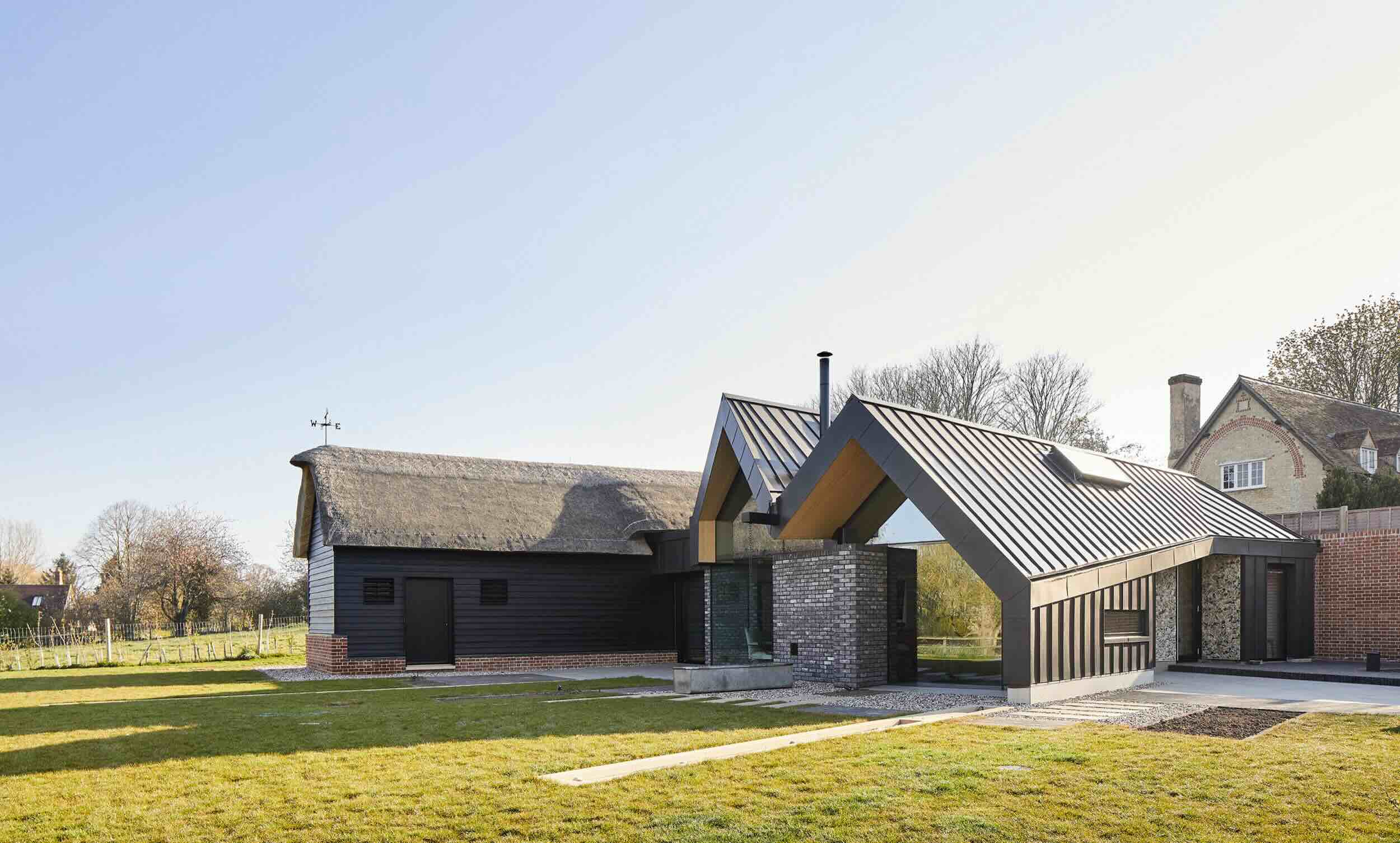
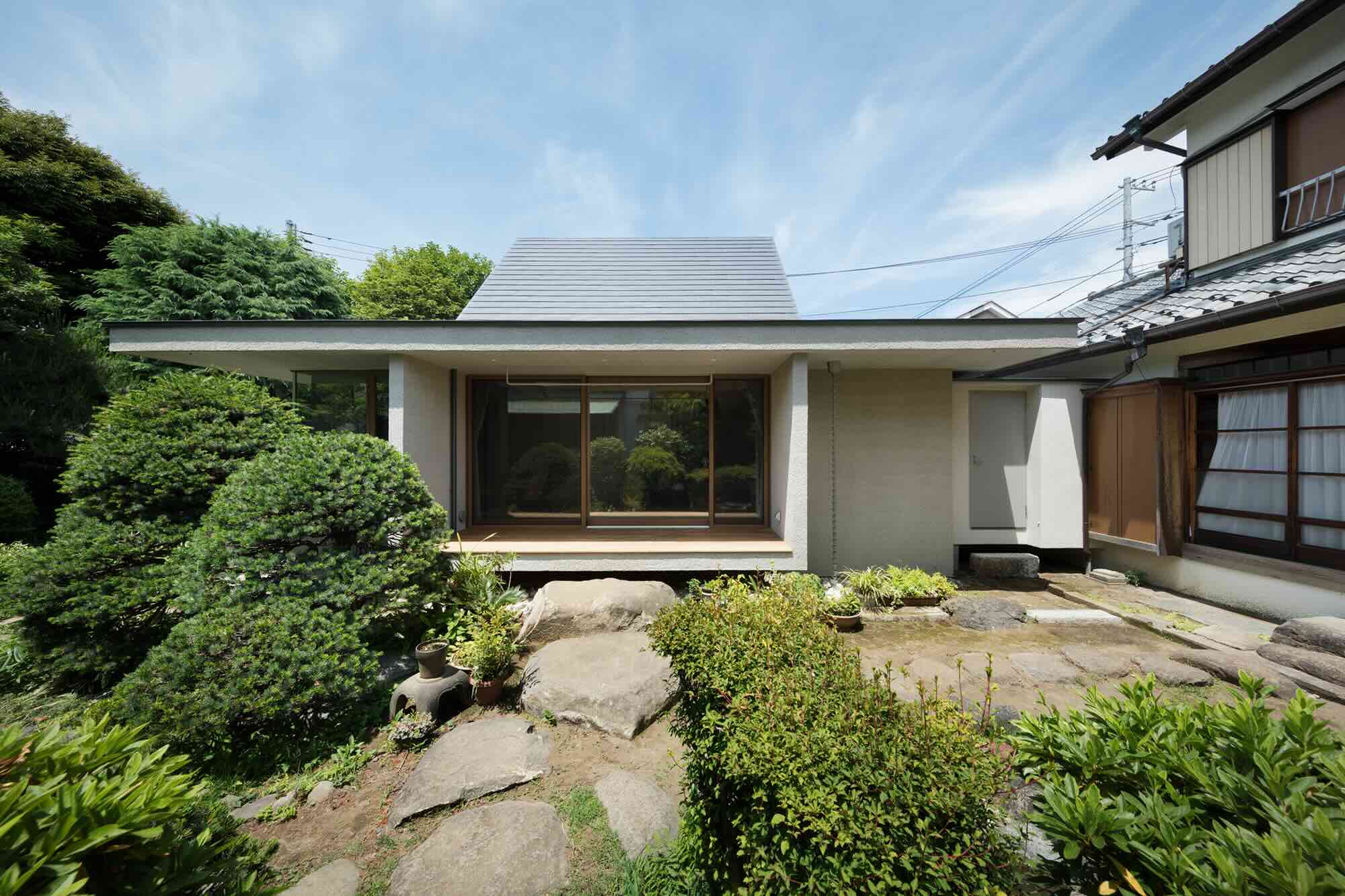
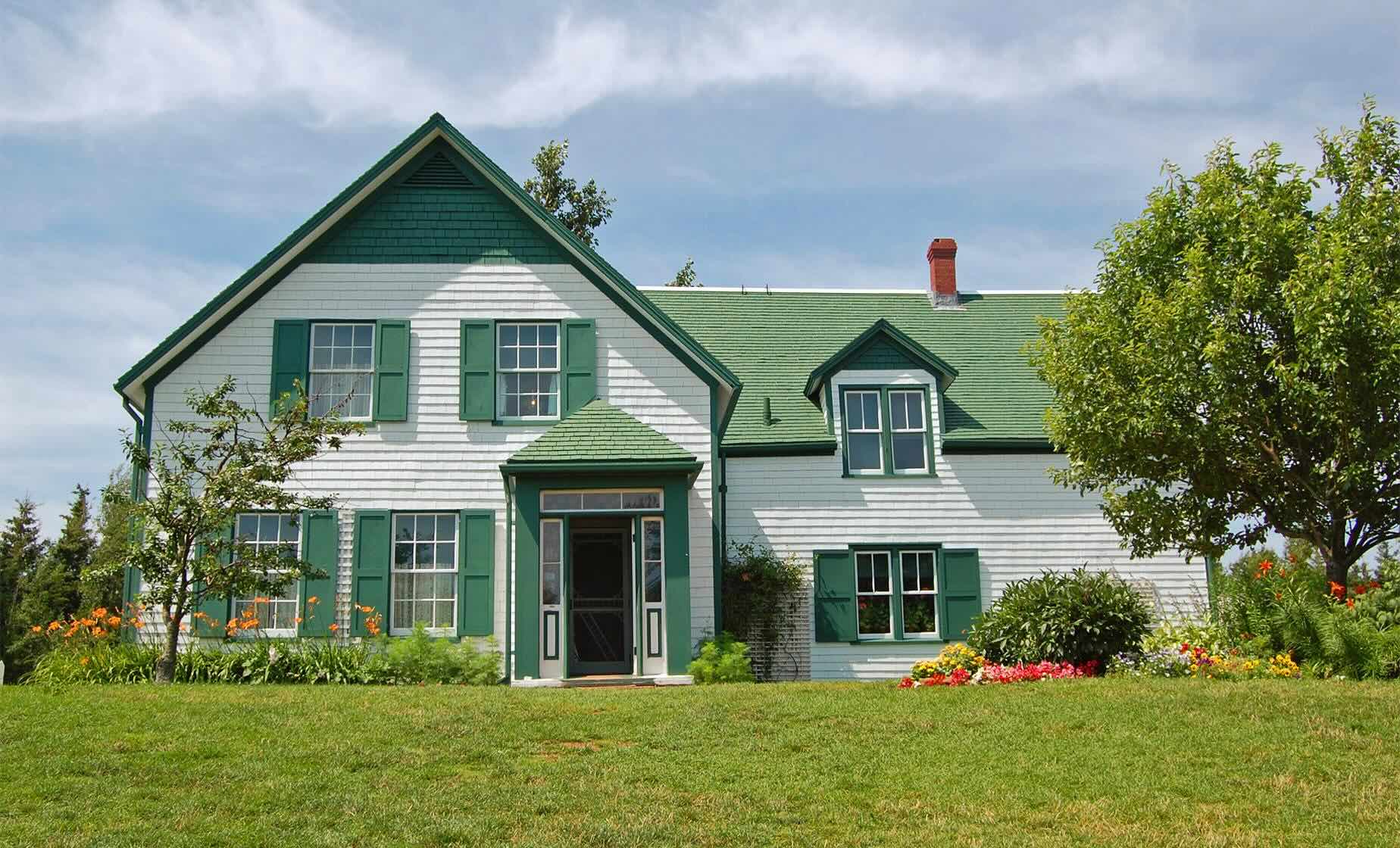
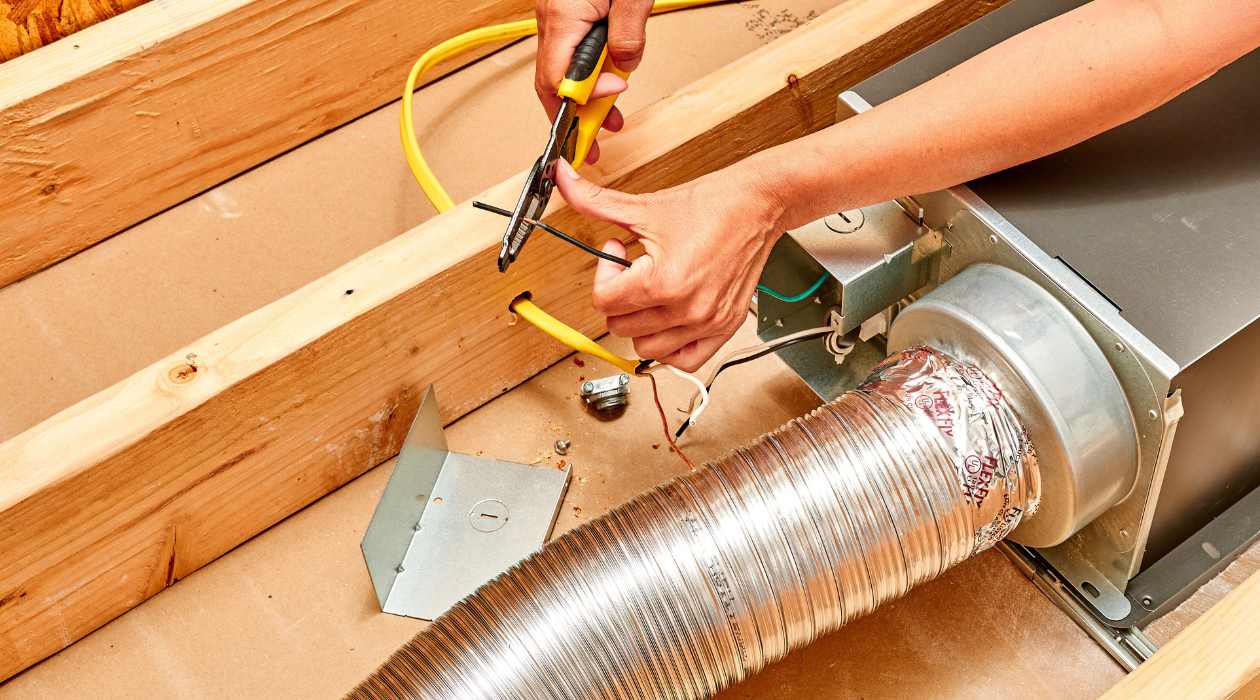
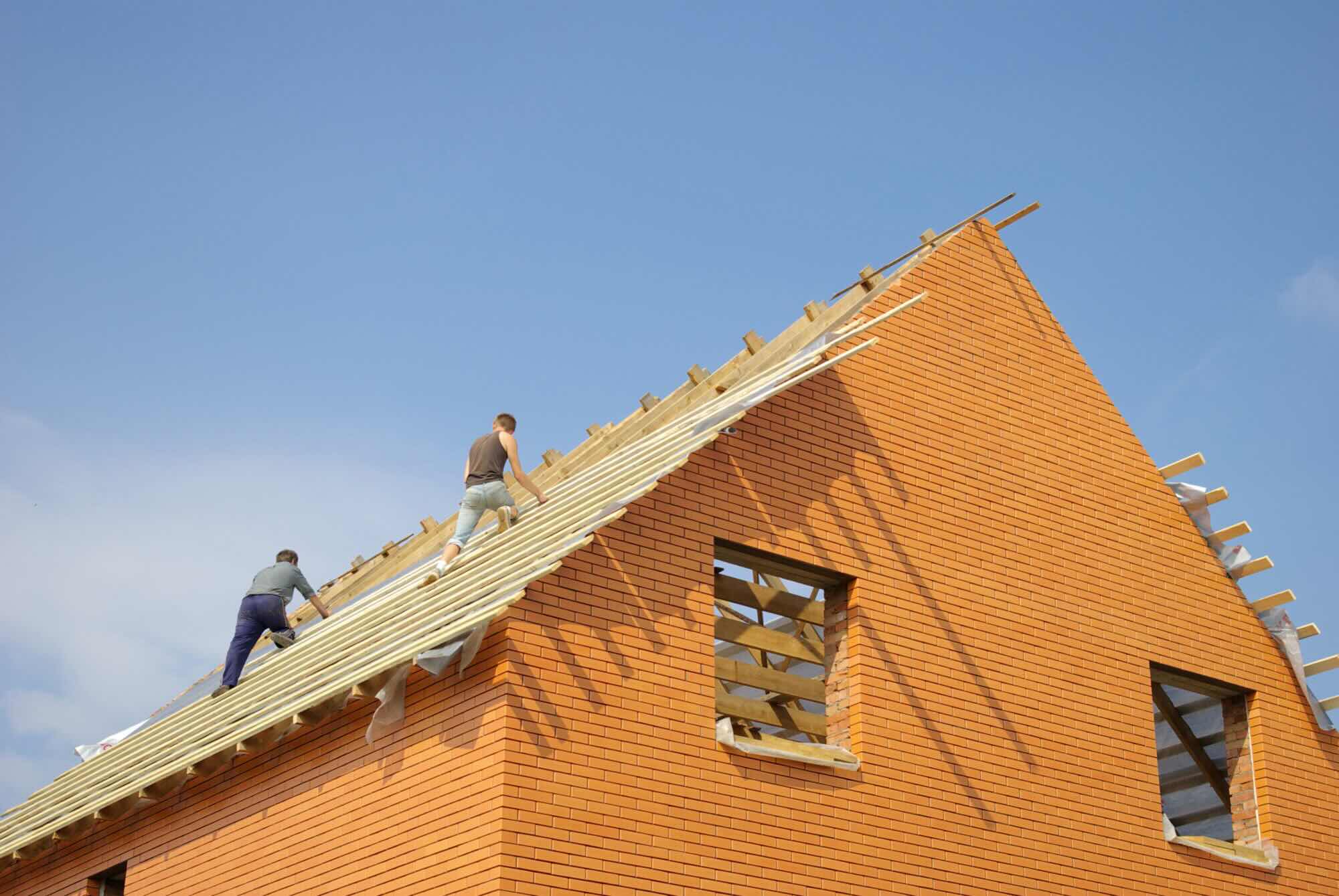
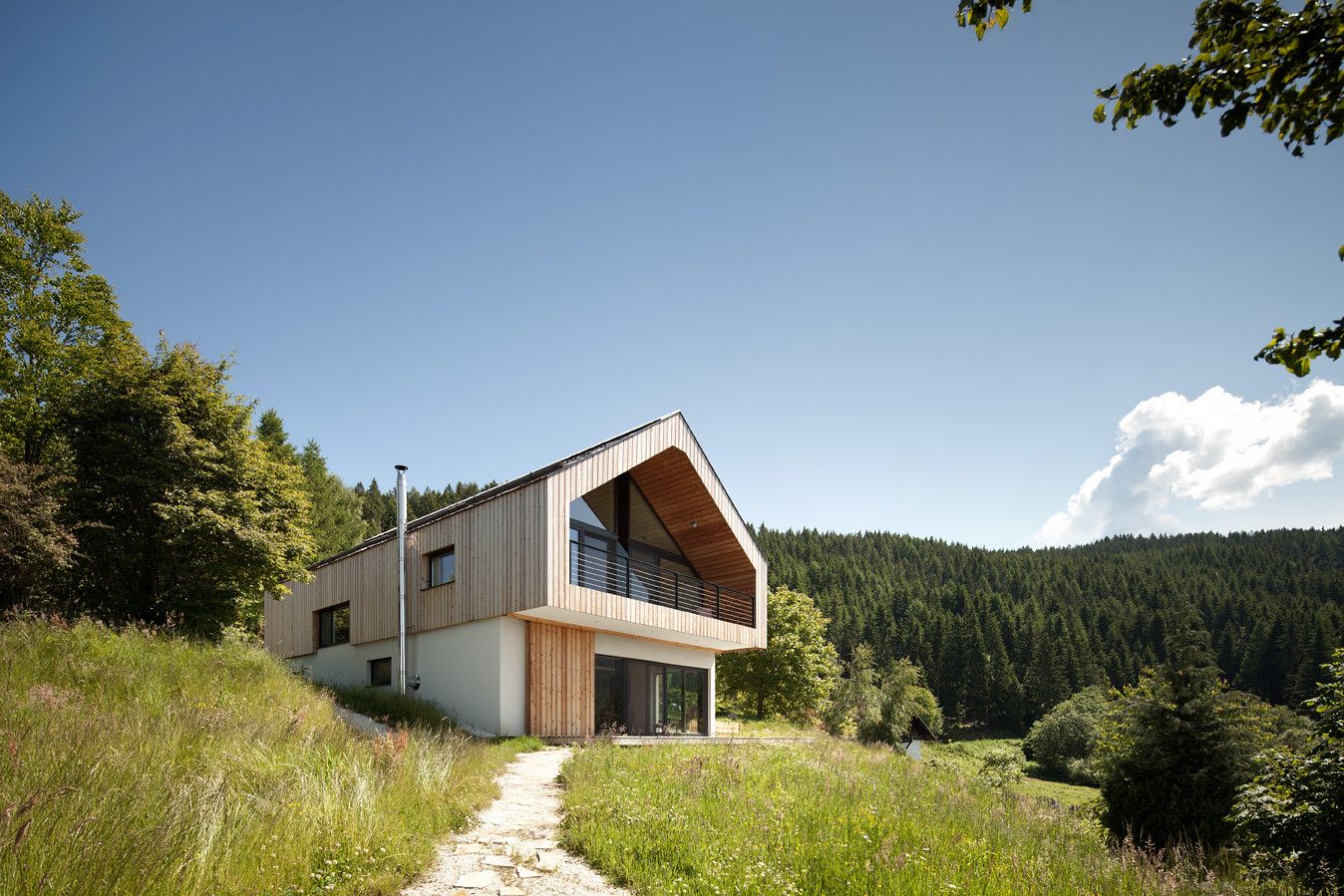
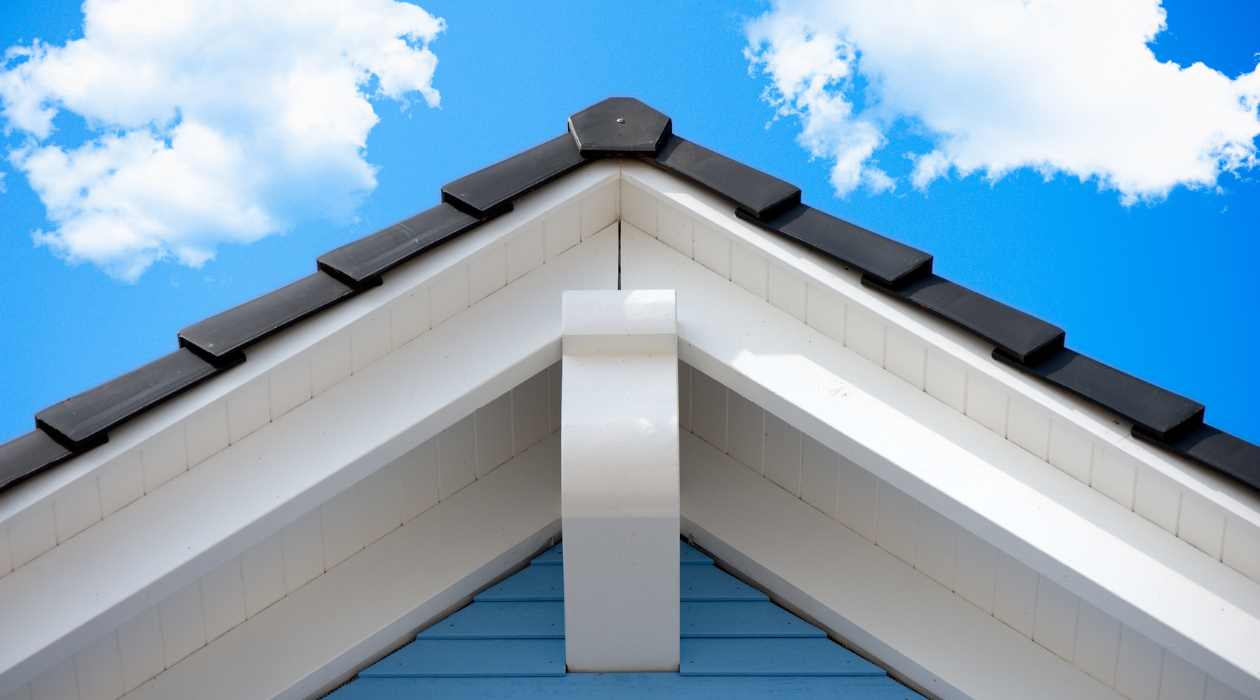

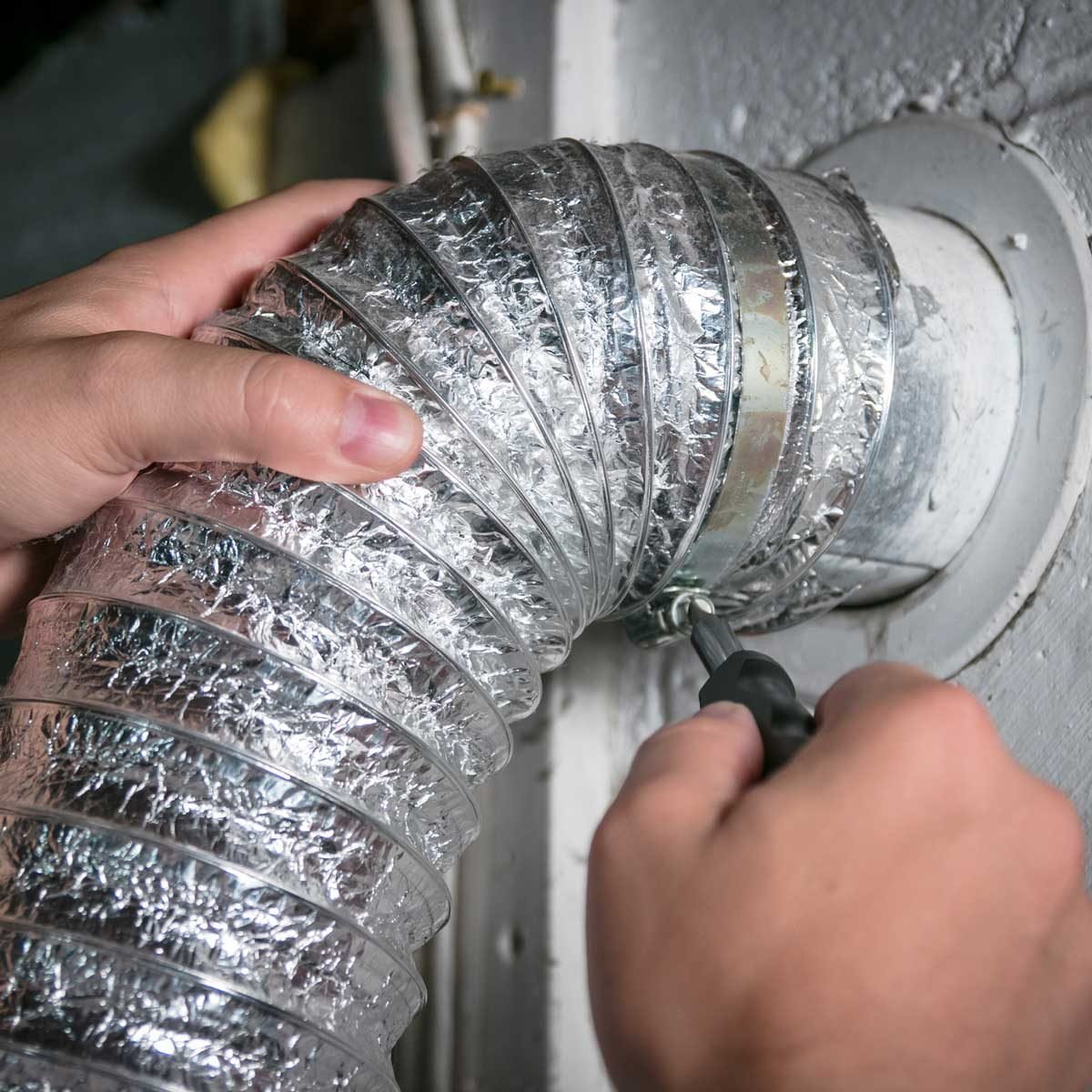

0 thoughts on “What Is Gable Vent?”